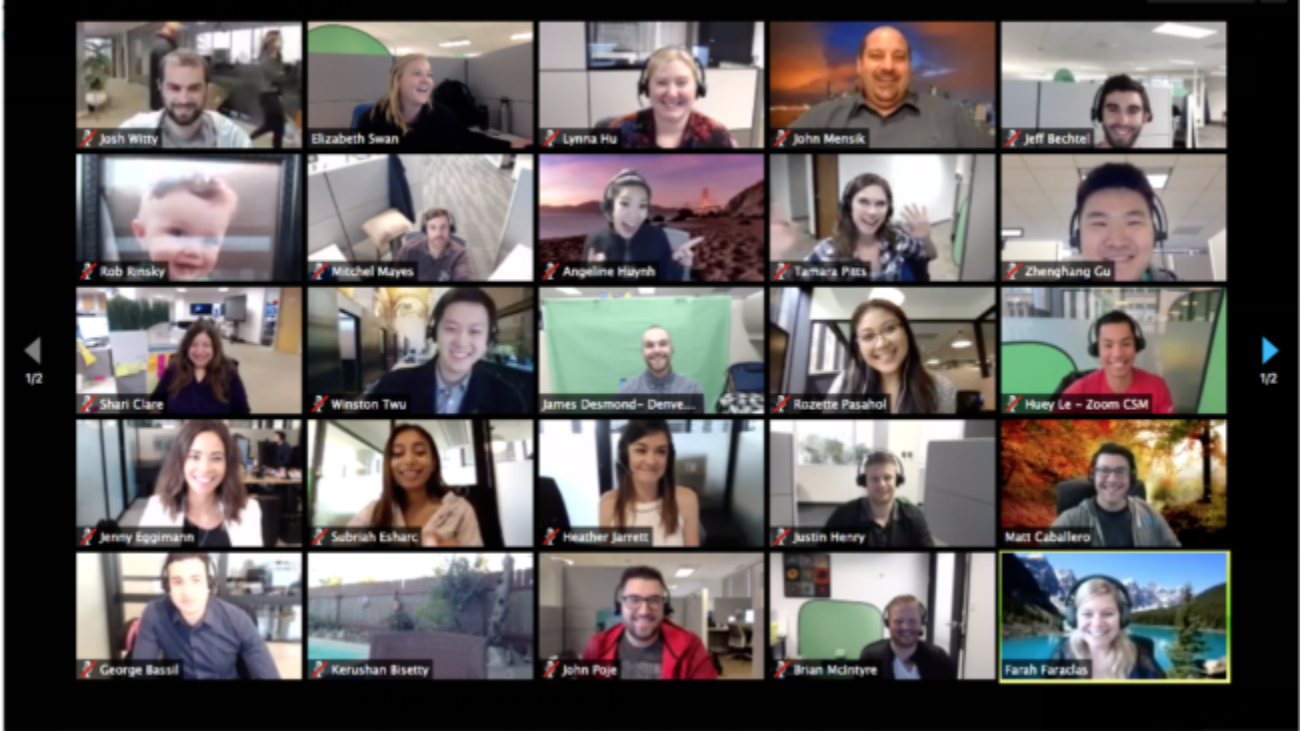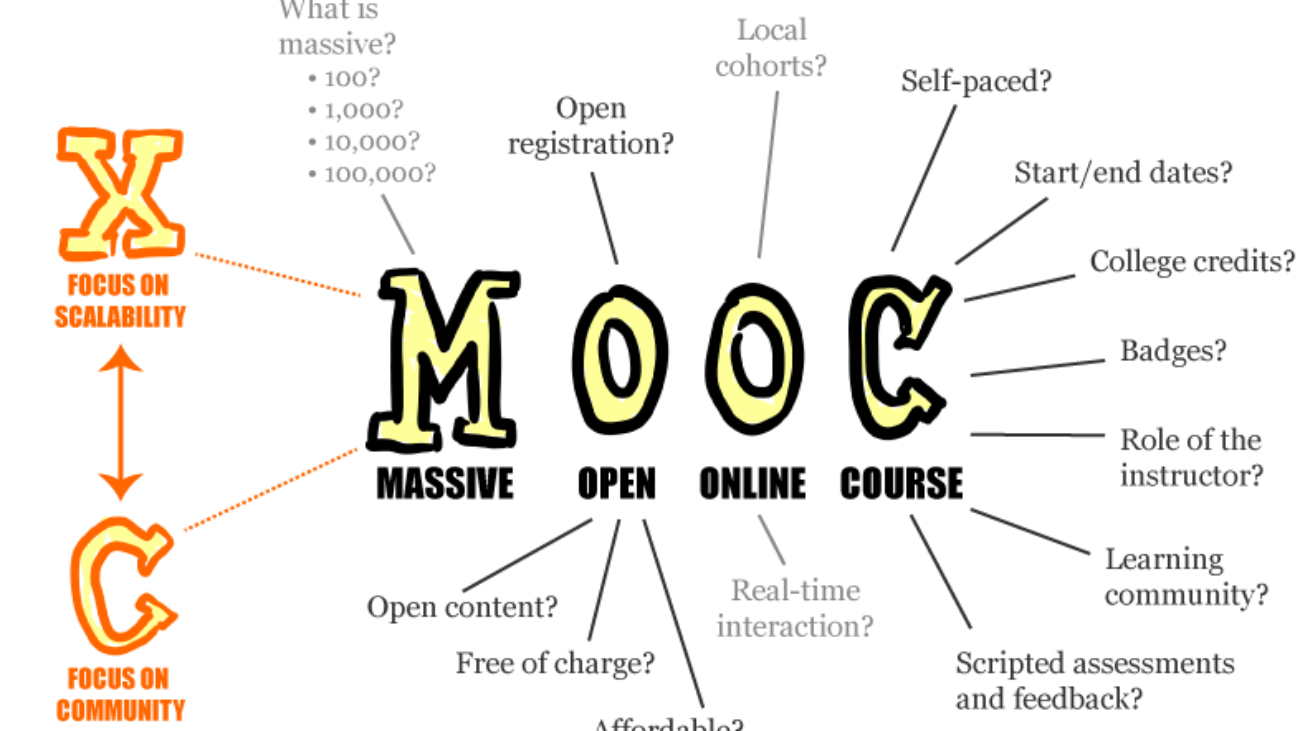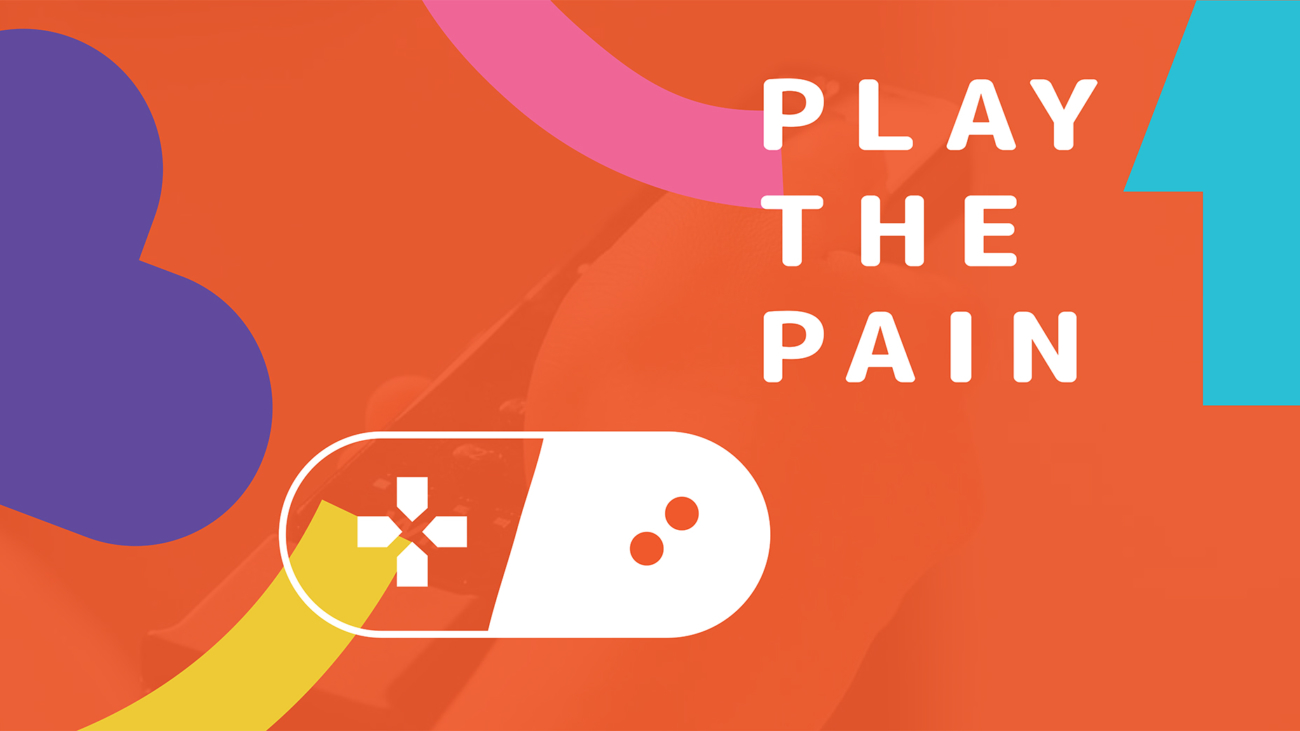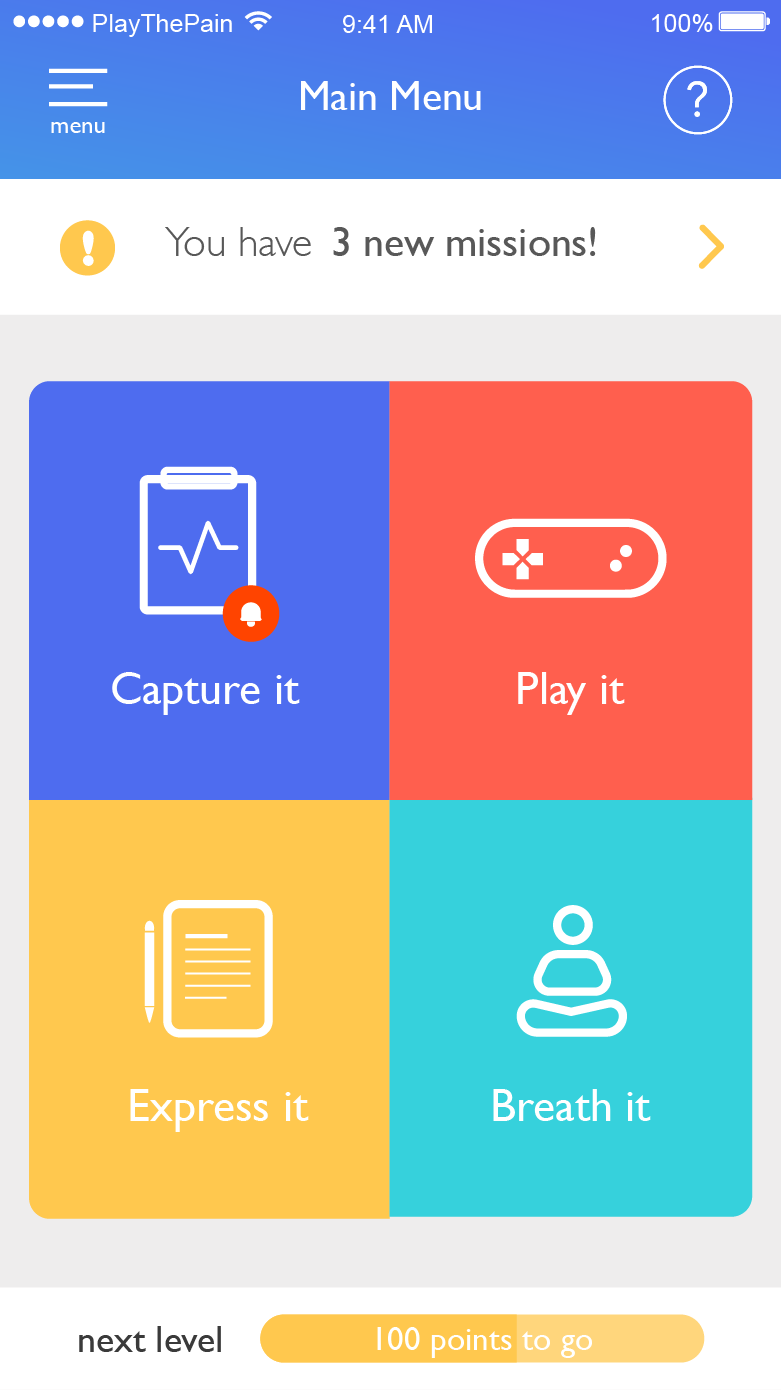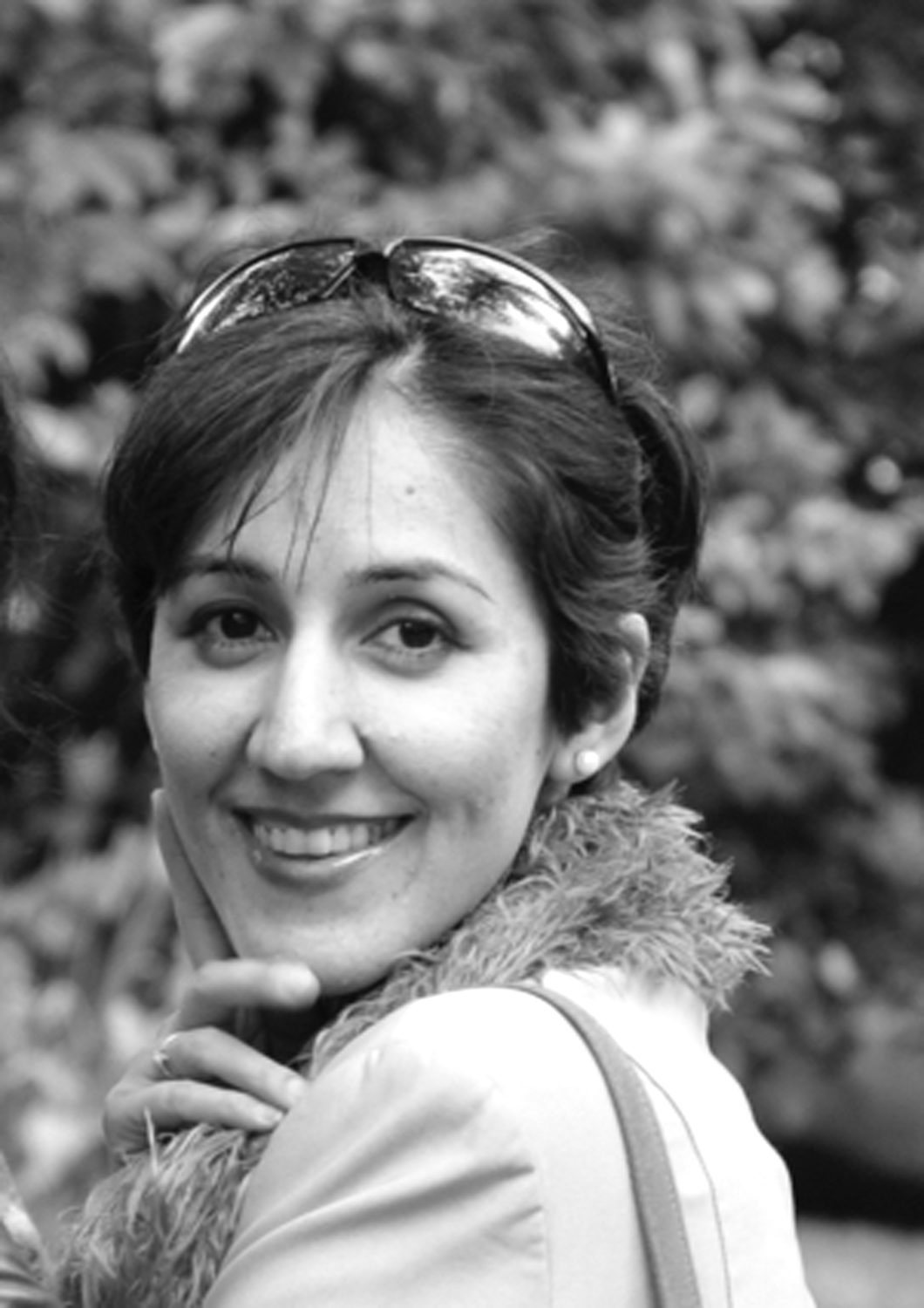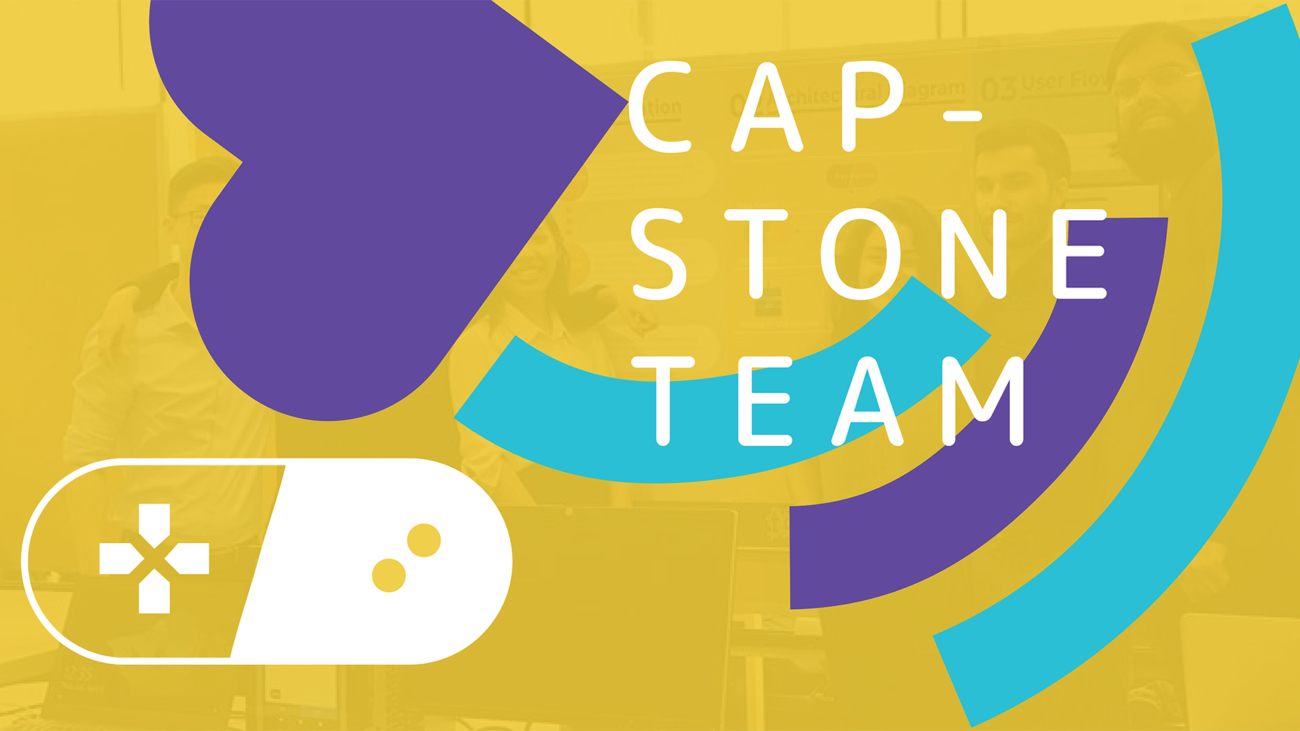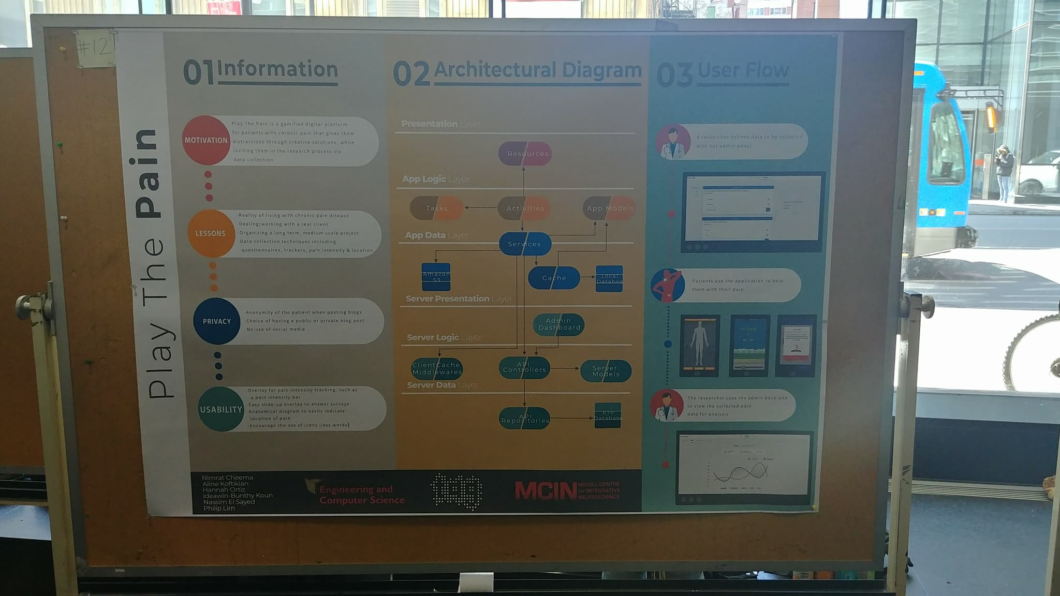Media Health is inspired by Marshall McLuhan and by Hans Selye, thus we investigates the double-edge of the media: the side that cuts through (de-stresses) and the side that amputates (distresses) our senses and sensibilities.
It was serendipitous to read a comment on a Wall Street Journal Facebook post about zoom fatigue. A 70-years old cosmetology instructor challenged everyone to consider the resilience that can be found in ICT.
We are grateful that she accepted our invitation, and for this generous contribution to Media Spa’s engAGE mission to connect and communicate without borders.
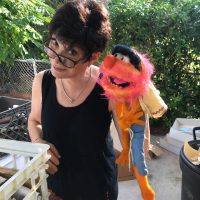
By guest writer:
Joellen Varsalona Schillaci (C)
Interestingly enough, seemingly out of nowhere the idea had just popped into my head that someone might invite me to write a blog post, when I was invited to blog about the benefits of online connectivity because of a comment I’d made on a Wall Street Journal thread (Does Zoom Exhaust you?) where people were complaining how technology is affecting them negatively, instead of being grateful for the gift of connectivity. Funny, I had thought I’d be writing about hair!
I am not your typical senior. Prior to the pandemic I was working two jobs, seven days a week.
I live 1000 miles away from my family and a good number of friends. My siblings are all in my hometown. My son-in-law is in the military and he and my daughter and the kids move often, so even before lockdown we relied on FaceTime to stay in touch. My granddaughters are two and a half years and six months old. The older one and I play games during our FaceTime calls, (Narwahl vs. Unicorn, for example, Hamburger Eaters, and others – I have no idea where she even finds them with those little fingers or what they’re called. She does, though. If we did not have FaceTime, I don’t know how I would be able to form a relationship with these babies.
When my daughter was little (during the mid 1990’s) we would go to Epcot, and in the AT&T exhibit in the geodesic dome, they showed families communicating this way “in the future.” Now, 25 or 30 years later the future is here. I think of it every time we FaceTime.
Currently, I am on furlough as a full-time hairstylist at The Salon at Ulta Beauty. My part time job is adjunct instructor at Indian River State College in Florida, where I teach Cosmetology and Barbering. When the Stay at Home began, our college switched our classes to online only. We had one week to prepare!
Cosmetology for me was a later in life career change. I was a jewelry designer in NYC (Monet in Fashion jewelry and Julius Cohen Jewelers in upper end fine jewelry). The profession did not travel well when we moved to Florida. Long story short, I got a job with the College as a Student Advocate/Mentor Coordinator for a scholarship program for at-risk teens. My office was in the same building as the Cosmetology school.
After a number of years of observing the activities in the school, at age 56, I earned my degree in Cosmetology and wound up teaching it in the same building as I learned it! There’s a lot more history there but I’ll spare you.
I am 70 now, but I can’t afford to be a “typical elder”, as in the beauty business, youth is a hot commodity. With a few exceptions, I teach primarily 18 – 22 year olds. I have to keep up with the language, the trends, the learning styles and attitudes of a younger demographic.
In my work as a stylist at The Salon at Ulta. which is a trendsetter of a company, I have to stay current and maintain a youthful attitude. In the Salon, I find my age to be an advantage, as it gives me a range of experience to draw upon. My clients span all ages. I do a lot of prom makeup and hair, bridals, professional women, all the way up through men and older women.
For many teachers, for instance my daughter who teaches ESOL online for VIP KIDS (because she’s a military wife and they move a lot) her job has stayed the same. But for we who teach a hands-on subject like Cosmetology, the online format has been a challenge. We tried Zoom at first but Blackboard Collaborate meshed with our online teaching platform so we currently use that to teach our Cosmetology and Barbering classes.
Many hair industry leaders have been holding free online education as well. Over Quarantine, I have participated in a large number of interactive Zoom meetings/webinars through Redken Exchange, Sam Villa Education, Matrix, to name a few, covering many aspects of the hair industry such as Cutting, Color, Styling, and business practices. This has been immensely enriching. I have also borrowed some remote teaching techniques from the way they present their material.
Teaching something as hands-on as hair online is particularly interesting. We need to cover theory using a 1000 page textbook. I find that easier to teach online (using Zoom and Blackboard Collaborate) than in person, because the students seem to focus better and distract each other less. I think it’s worked out really well, all things considered. Our sessions are interactive so students can get clarification, and then they email us or post photos of their hands-on work (usually done on their manikins) as well as their written assignments on Blackboard.
We team-teach, so the students don’t lose their minds from all day of one person talking. The interaction with the other faculty members and with the students has been an anchor to my sanity during this lockdown. The students seem to thrive in this format despite the fact that hands-on parts of the program are at times difficult to manage online.
Last week I did a one-on-one class with one of my students cutting her father’s hair, which was quite interesting. We were ultimately able to communicate and she did a decent job. Teaching the practical aspect in person in this case would have been much easier. But we made it work. Normally, we utilize a lot of tutorials for hands on, along with our own live demos.
In the Fall semester, we will have blended classes. Online has great value for the theory part, because somehow, the students seem to focus better on the academic part online. It may be a generational thing. For now, the Fall introduction class will be partially online and partially lab-work as there are some things you really have to teach in person, at least in the beginning.
Besides Zoom connecting me to my job, there’s Facebook or Instagram, which (along with the telephone) are my main connection to the outside world. I have a large family and social circle, most of who live far away. Through these platforms I can see everyone, watch their activity, and see their kids grow, know if they’re ok or inquire about them if they go dark. I also belong to a number of Facebook groups, professional, political, and local, which keep me current on events in my business, in the news and in my neighborhood.
Beyond whatever my granddaughter pulls up, I’m not much of a game player except for word games. I never have been. I do play “Words With Friends”, “Just Jumble” and “Wordscapes”, in that order. They help keep my mind active.
All of these online platforms and connections have made the Stay at Home much more bearable. Honestly I do not think I could survive this solitary confinement without these connections. I miss the life I had before, which was highly people intensive on a daily basis.
The ability to have this connection to people through social media – even with having to teach myself to navigate all of it- has been a gift in my life. This is why I was surprised to see so many people complaining about Zoom Fatigue on the WSJ post on Facebook. If not for these interactive platforms it would be me talking to three geriatric cats, and although I love them dearly they are not terribly good conversationalists. But with Zoom and other such platforms, there is company. I know there is a live person or people with whom I’m personally interacting. There are very real people on the other end of that screen to talk to, play with, learn from, teach, interact with, laugh with. Would I rather these interactions be in person? Of course. But given the fact that we are in the midst of a pandemic, I’ll take a virtual connection over no connection at all. If this had happened twenty years ago it would have been much more difficult.
Just this minute, I got invited to my niece’s Zoom wedding next Saturday. Her reception has been postponed until November but they decided to have the wedding on the original date via a remote Judge.

